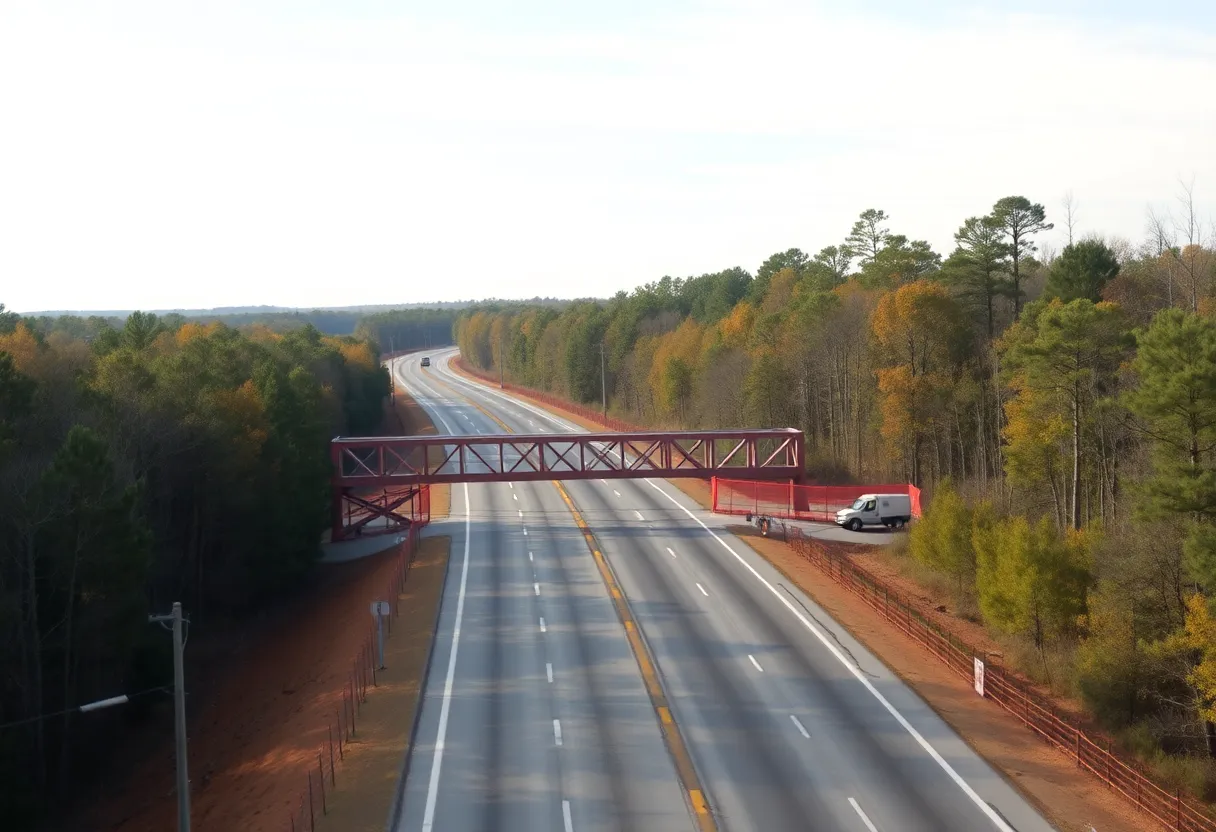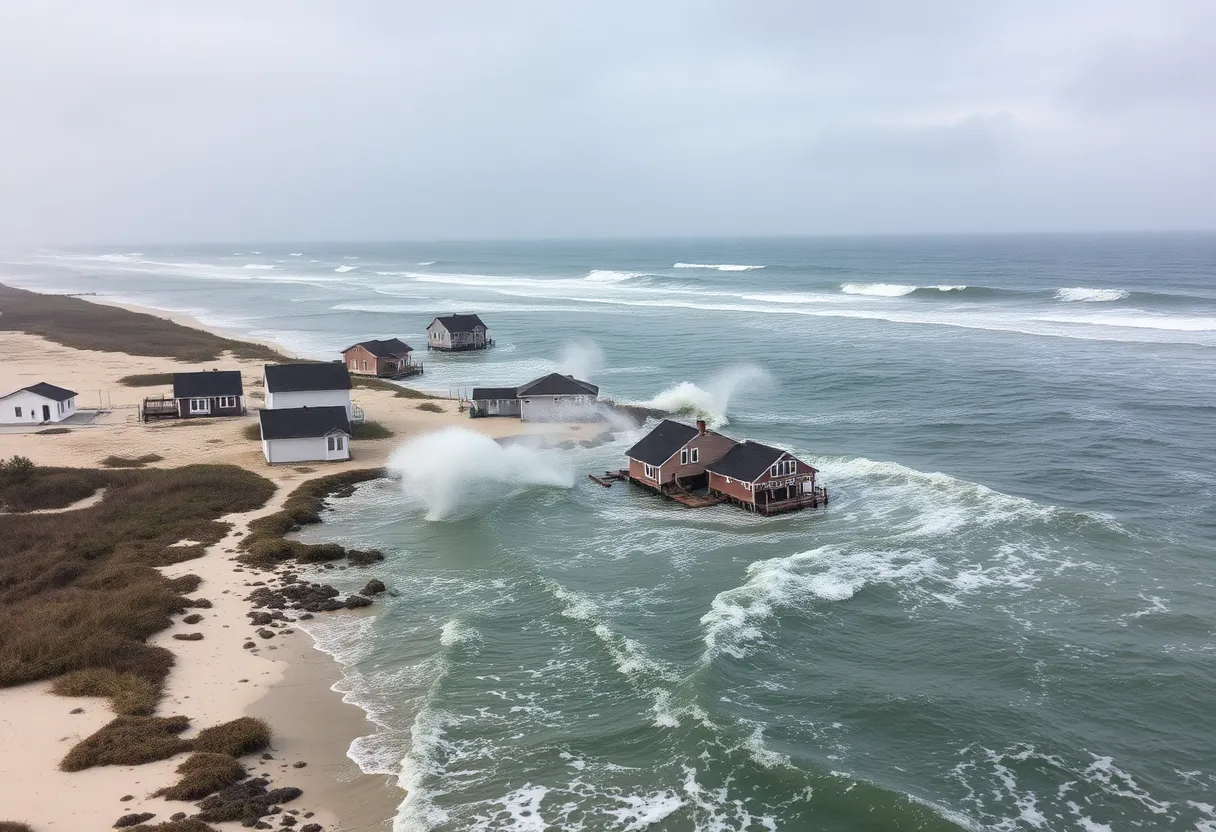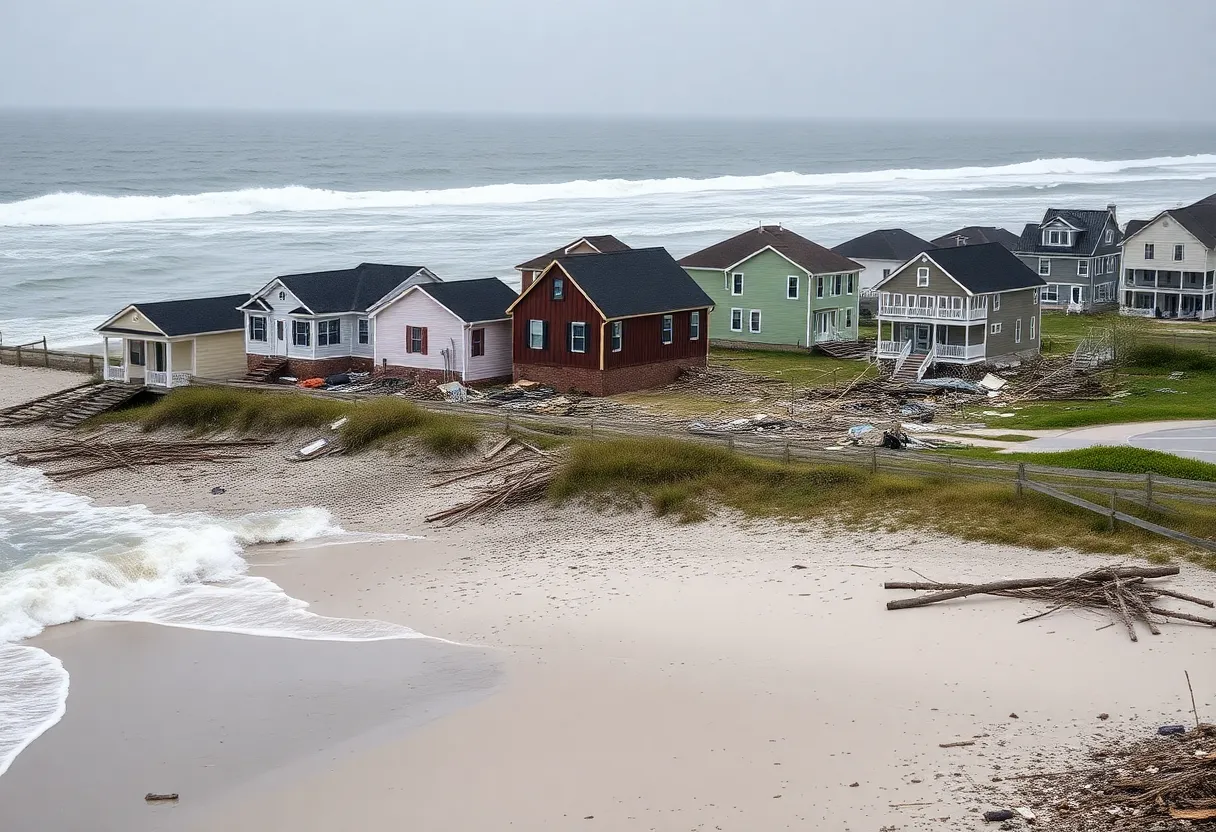News Summary
A $25 million federal grant has been awarded for constructing wildlife crossings along U.S. 64 in Eastern North Carolina. This initiative aims to protect the endangered red wolf and reduce vehicle-wildlife collisions, with 13 targeted crossings planned to improve animal safety as heavy traffic increases the risk of accidents. The project, supported by local conservation efforts, seeks to reduce collisions by up to 90% as red wolf populations face serious threats from road fatalities.
Federal Grant Secures $25 Million for Wildlife Crossings in Eastern North Carolina
In a decisive move to protect the endangered red wolf and mitigate vehicle-wildlife collisions, a substantial $25 million federal grant has been awarded for the construction of wildlife crossings along U.S. 64 in Eastern North Carolina. This funding comes from the Federal Highway Administration’s Wildlife Crossings Pilot Program, with the North Carolina Department of Transportation set to formalize its receipt.
Tragic Toll on Red Wolf Population
The necessity of these wildlife crossings has been underscored by the alarming mortality rate among red wolves due to vehicle strikes. Since September 2023, three red wolves have been killed on U.S. 64, bringing a grim focus to the urgency of the situation. Currently, only 16 known red wolves are living freely in the wild on the Albemarle Peninsula, with a large concentration residing near the Alligator River National Wildlife Refuge, a region that U.S. 64 bisects.
The Highway’s Burden
U.S. 64 is a vital route connecting travelers to the Outer Banks, averaging 11,800 vehicles per day on weekends and 6,600 on weekdays. Such heavy traffic significantly increases the risk of accidents involving wildlife. Data indicates that there have been 45 documented vehicle-wildlife collisions on this stretch between 1990 and 2024. Alarmingly, the actual number of collisions may be much higher, with 43 involving black bears and others regarding deer and unidentified large animals.
Scope of the Wildlife Crossings Project
This new project aims to construct 13 targeted wildlife crossings, specifically designed to allow safe passage for various animal species. Among the planned crossings, one is particularly notable as it will be large enough to accommodate black bears, while two structures will cater to large mammals, including red wolves and deer. The remaining crossings will assist smaller wildlife, such as small mammals, snakes, and turtles, becoming a crucial component in reducing vehicle-wildlife encounters.
Conservation Efforts Gain Momentum
Collaborative efforts between the North Carolina Wildlife Resources Commission and the U.S. Fish and Wildlife Service were pivotal in securing this significant grant. The initiative has also gained support from the Tuscarora Nation of North Carolina, showcasing a unified local commitment to wildlife conservation. Remarkably, conservation groups have generated an additional $4 million towards this cause, demonstrating widespread support for wildlife preservation efforts in the region.
Potential Impact of Wildlife Crossings
Experts believe that these wildlife crossings could potentially reduce vehicle-wildlife collisions by as much as 90%. This is crucial given the findings that since September 2019, at least 15 red wolves were found on or north of U.S. 64, and seven were killed by vehicles during this period. It’s deeply concerning that some evidence even suggests red wolves might have been purposefully struck.
The Plight of the Red Wolf
The plight of the red wolf has been a significant concern since their reintroduction to the Alligator River National Wildlife Refuge in 1987. The population has plummeted from over 100 wolves to fewer than 20 currently surviving in the wild. Gunshot mortality was a major factor affecting their numbers from 2012 to 2020. However, with reduced gunshot deaths, vehicle-related incidents have taken precedence as a leading cause of mortality among these magnificent animals.
Future Prospects for Recovery
The construction of these crossings is just one part of a larger strategy aimed at enhancing red wolf populations and facilitating future reintroduction efforts beyond their current habitat. There are aspirations to eventually explore reestablishing populations in other areas, such as South Carolina, providing a glimmer of hope for the survival of this iconic species.
Deeper Dive: News & Info About This Topic
HERE Resources
Manteo Balances Joy and Challenges: Health Advisory, Commemorations, and Community Initiatives
Ocracoke-Mainland Ferry Routes to Resume Full Spring Schedules from April 9, Boost for Local Economy Anticipated
Additional Resources
- Wavy News
- Wikipedia: Red wolf
- Post and Courier
- Google Search: red wolves North Carolina
- Washington Post
- Google Scholar: red wolves
- Spectrum Local News
- Encyclopedia Britannica: red wolves
Author: STAFF HERE OUTER BANKS WRITER
The OBX STAFF WRITER represents the experienced team at HEREOBX.com, your go-to source for actionable local news and information in the Outer Banks, Dare County, and beyond. Specializing in "news you can use," we cover essential topics like product reviews for personal and business needs, local business directories, politics, real estate trends, neighborhood insights, and state news affecting the area—with deep expertise drawn from years of dedicated reporting and strong community input, including local press releases and business updates. We deliver top reporting on high-value events such as the Outer Banks Seafood Festival, NC VIP Fishing Tournament, and NCBBA Red Drum Tournament. Our coverage extends to key organizations like the Outer Banks Chamber of Commerce and Outer Banks Community Foundation, plus leading businesses in tourism, retail, and hospitality that power the local economy such as Kitty Hawk Kites, Outer Banks Mall, and Avon Fishing Pier. As part of the broader HERE network, including HEREAsheville.com, HERECharlotte.com, HEREGreensboro.com, and HERERaleigh.com, we provide comprehensive, credible insights into North Carolina's dynamic landscape.







